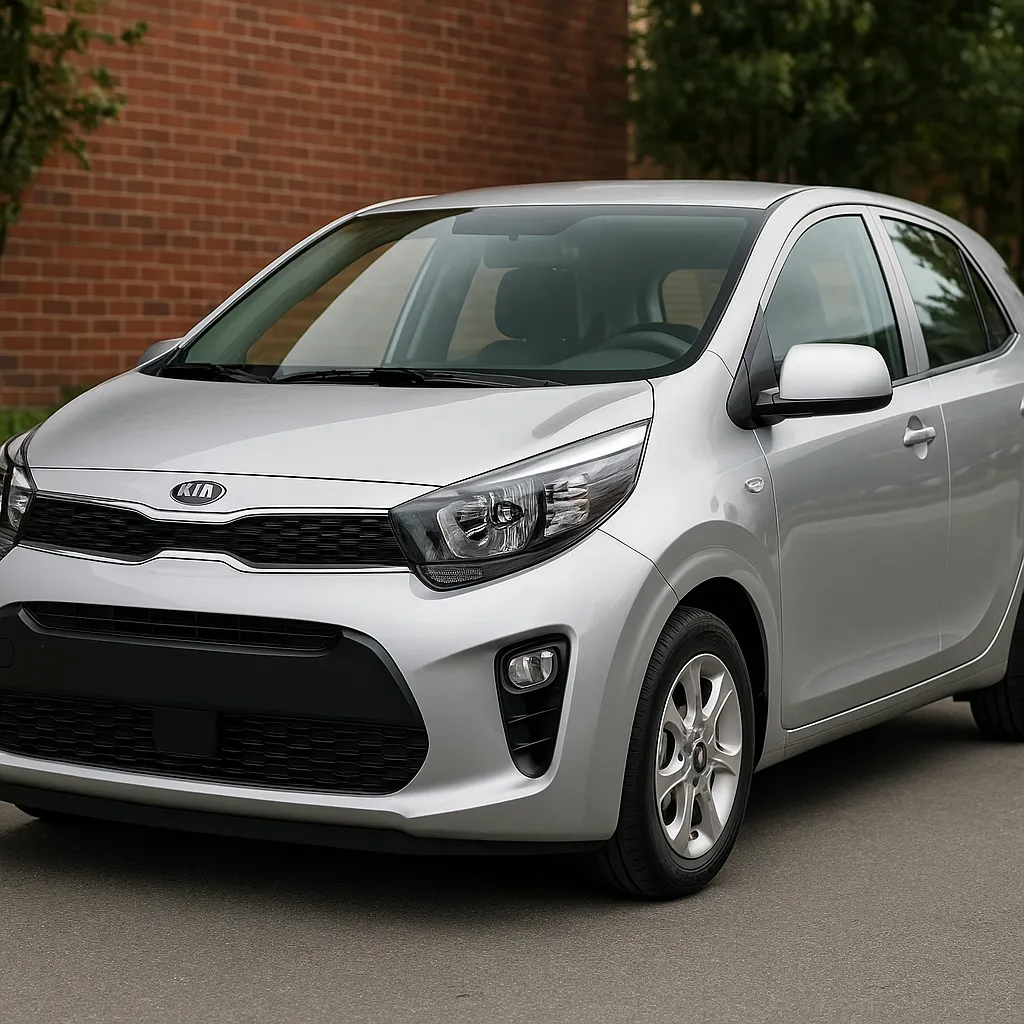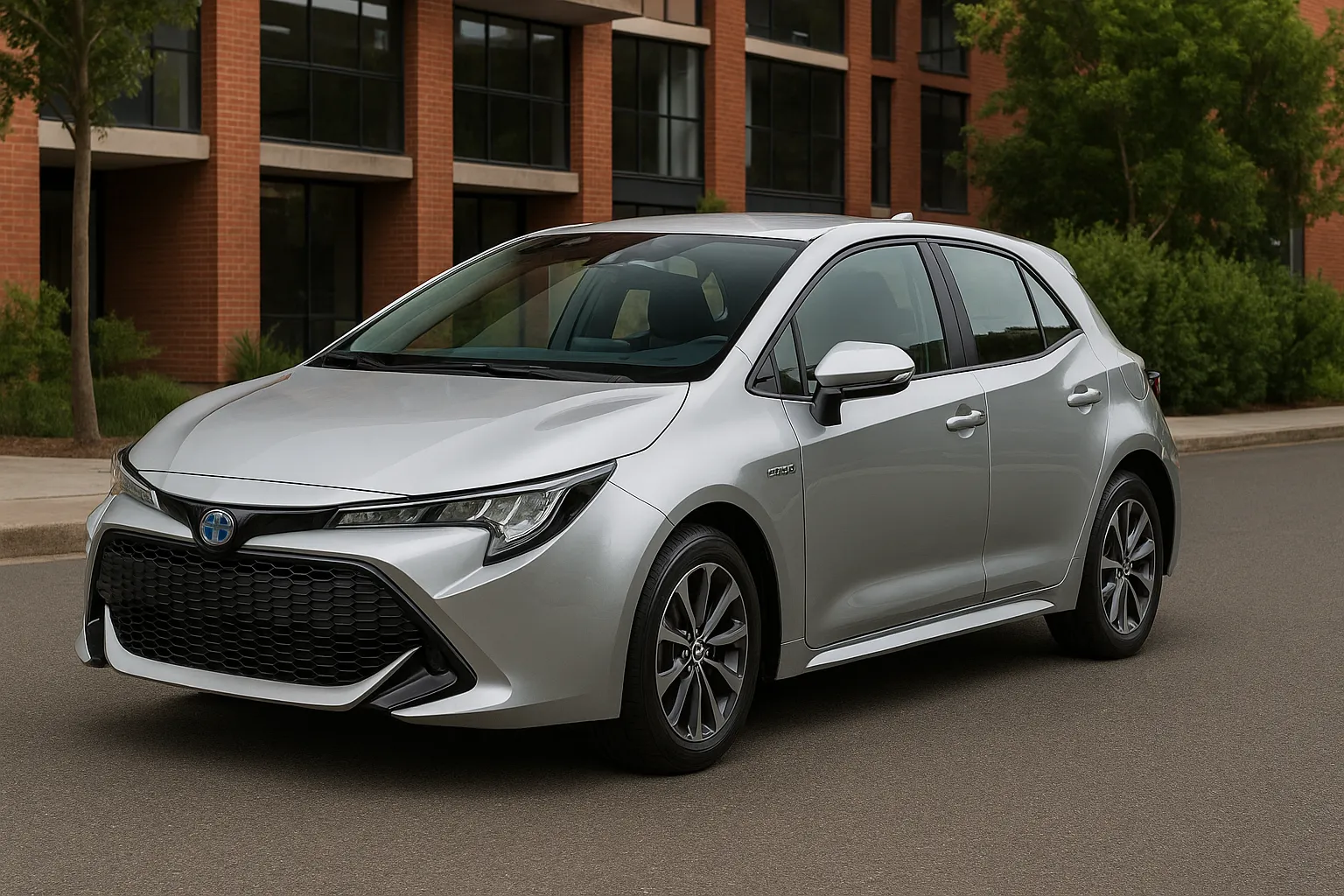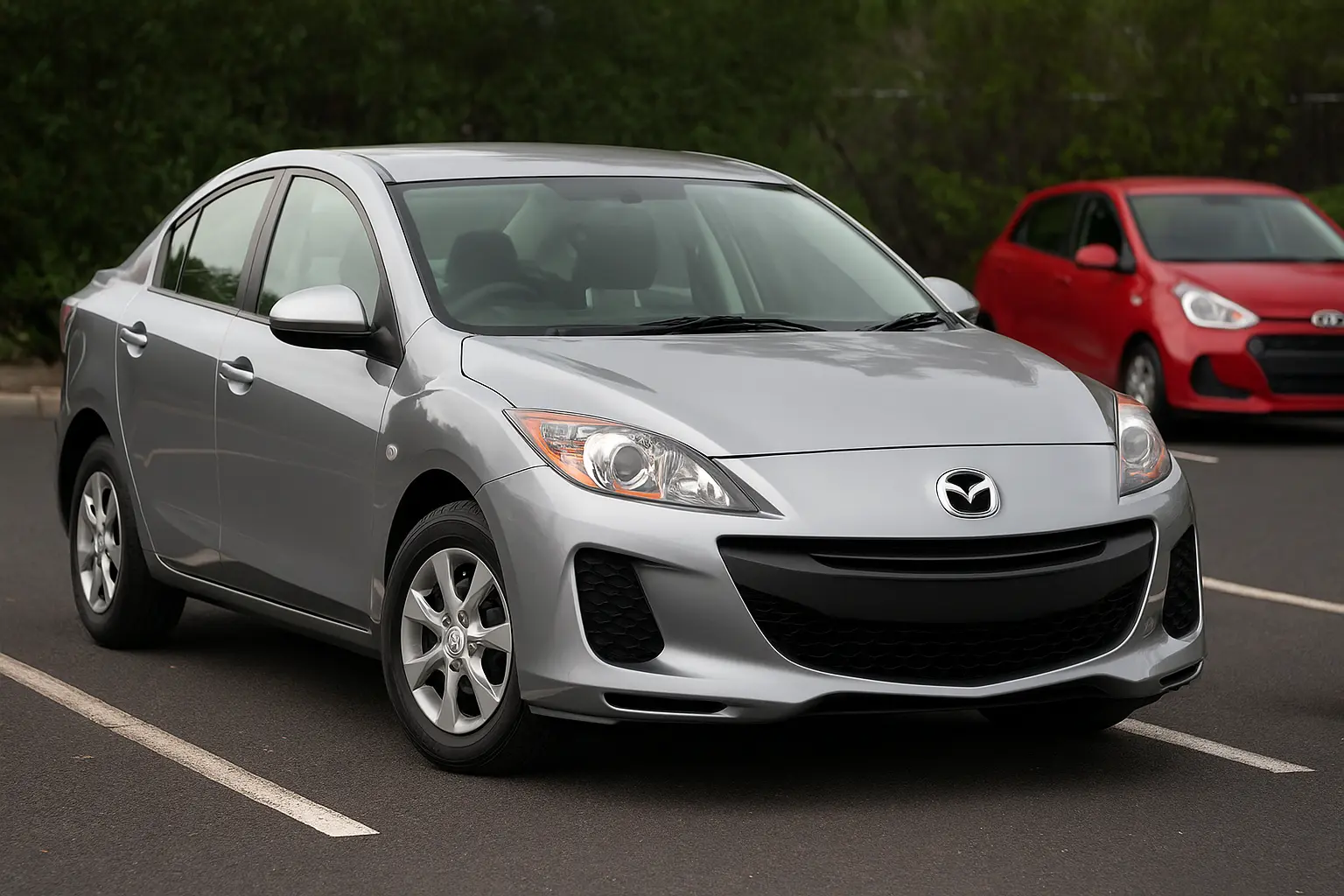Introduction: Why Car Maintenance Costs Matter in 2025
With cost-of-living pressures rising and fuel prices staying volatile, Australians are increasingly looking for cars that won’t chew through their paychecks after the initial purchase. Beyond the sticker price, ongoing costs like servicing, fuel, insurance, tyres, and depreciation make a massive difference over time. In 2025, smart Aussie drivers are prioritising low-maintenance cars that offer reliability and affordability over the long haul.
In this detailed guide, we break down:
- The cheapest cars to maintain in Australia in 2025
- Total cost of ownership (TCO)
- Fuel efficiency and servicing insights
- Which cars offer the best long-term value
Whether you're a student, city commuter, or a family on a budget, this guide will help you pick a car that keeps your running costs down.

What Makes a Car Cheap to Maintain?
Before diving into our list, here’s what defines a low-maintenance car in 2025:
1. Affordable Servicing
Some brands, like Toyota and Kia, offer capped-price servicing, helping owners avoid nasty surprises. Others have fewer mechanical complexities, making them cheaper to fix.
2. Fuel Efficiency
Fuel-efficient engines—especially hybrids and small petrol units—significantly cut day-to-day costs. Many Aussies are now shifting to hybrid tech for long-term savings.
3. Reliability
Cars with fewer mechanical or electrical issues avoid hefty repair bills. Japanese and Korean brands dominate in this department.
4. Spare Parts & Repair Accessibility
Widely available parts and a large network of service centres make repairs cheaper and faster.
5. Resale Value
Depreciation is the biggest hidden cost. Cars that hold their value better will save you thousands when it’s time to sell.
Top 15 Cheapest Cars to Maintain in Australia – 2025 Rankings
Here's our carefully curated list of the most affordable-to-maintain cars available in Australia for 2025, based on real-world servicing costs, fuel consumption, insurance estimates, and reliability scores.
1. Toyota Corolla Hybrid
- Fuel Economy: 3.9L/100km
- Servicing: $245 (annual average under Toyota Service Advantage)
- Why It’s Cheap: Reliable, hybrid efficiency, capped-price servicing
The Corolla Hybrid remains a bulletproof choice for cost-conscious Aussies. It sips fuel, rarely breaks down, and offers affordable insurance.
2. Kia Picanto
- Fuel Economy: 5.0L/100km
- Servicing: ~$270/year (capped-price for 7 years)
- Why It’s Cheap: Tiny engine, simple mechanics, long warranty
A city hatchback that’s easy to park, light on fuel, and barely needs maintenance. Kia’s 7-year warranty is the longest in its class.
3. Hyundai i30
- Fuel Economy: 6.1L/100km (petrol)
- Servicing: $299 average/year
- Why It’s Cheap: Economical engine, cheap parts, high resale
Hyundai’s i30 has proven itself over the years as an affordable, dependable, and low-cost-to-run small car.
4. Suzuki Swift
- Fuel Economy: 4.8L/100km
- Servicing: ~$280/year
- Why It’s Cheap: Lightweight build, simple engine, high reliability
The Swift keeps costs low through minimal fuel use and solid build quality. It’s also one of the cheapest cars to insure in its class.
5. MG3 Core
- Fuel Economy: 6.7L/100km
- Servicing: ~$260/year
- Why It’s Cheap: Affordable price, competitive parts pricing
MG’s budget hatch continues to offer low maintenance costs, though reliability can’t quite match the Japanese brands.
6. Toyota Yaris Cross Hybrid
- Fuel Economy: 3.8L/100km
- Servicing: $250/year (capped)
- Why It’s Cheap: Fuel-sipping hybrid, Toyota’s service network
Perfect for city drivers looking to blend SUV style with tiny running costs. This compact hybrid SUV is among the most efficient on the road.
7. Mitsubishi Mirage
- Fuel Economy: 5.0L/100km
- Servicing: ~$240/year
- Why It’s Cheap: No-frills motoring, basic mechanicals
While dated, the Mirage remains one of Australia’s cheapest cars to run. Great for learners, retirees, and budget-conscious city dwellers.
8. Honda Civic e:HEV Hybrid
- Fuel Economy: 4.2L/100km
- Servicing: ~$280/year
- Why It’s Cheap: Hybrid efficiency + Honda durability
Civic’s hybrid variant delivers excellent fuel savings without sacrificing comfort or tech.
9. Mazda 2
- Fuel Economy: 5.3L/100km
- Servicing: ~$320/year
- Why It’s Cheap: Simple to service, reliable engine
Mazda 2’s lively engine and sturdy build quality keep it both fun and frugal.
10. Toyota Camry Hybrid
- Fuel Economy: 4.5L/100km
- Servicing: ~$260/year (capped)
- Why It’s Cheap: Family-sized hybrid with long-term value
The Camry Hybrid has proven almost bulletproof, offering full-size comfort without the full-size fuel bill.
11. Hyundai Venue
- Fuel Economy: 6.9L/100km
- Servicing: ~$300/year
- Why It’s Cheap: SUV-style, low insurance, simple maintenance
Hyundai’s small SUV is perfect for urban families. Its 1.6L engine and compact footprint mean affordable running costs.
12. Suzuki Baleno (Used)
- Fuel Economy: 5.4L/100km
- Servicing: ~$250/year
- Why It’s Cheap: Reliable used buy with low parts cost
Though discontinued for new sale, used Balenos are a great choice for low-maintenance, roomy hatchbacks under $15K.
13. Kia Cerato
- Fuel Economy: 6.8L/100km
- Servicing: ~$310/year
- Why It’s Cheap: Good value, low insurance premiums
Cerato buyers benefit from value-focused pricing and solid long-term ownership reliability.
14. Nissan Leaf (EV)
- Charging Cost: ~$3.50 per 100km (home charging)
- Servicing: ~$200/year (minimal maintenance)
- Why It’s Cheap: No oil changes, no spark plugs, minimal brake wear
EVs like the Nissan Leaf are leading the low-maintenance revolution. While upfront cost is higher, running costs are minimal.
15. MG ZS EV
- Charging Cost: ~$4 per 100km
- Servicing: ~$220/year
- Why It’s Cheap: Simple drivetrain, growing support
MG’s ZS EV makes the electric lifestyle affordable, offering low daily costs and free charging at some public stations.
Other Hidden Costs to Consider
1. Insurance
Cars with lower market value, simpler parts, and high safety ratings cost less to insure. Always compare quotes.
2. Tyres
Smaller cars use smaller, cheaper tyres. SUVs cost more to replace tyres regularly.
3. Registration & Taxes
In many states, vehicle weight and emissions impact rego costs. Hybrids and light hatchbacks win here too.
4. Resale & Depreciation
Even if maintenance is low, a car that depreciates too fast can be a financial drain. Toyota and Mazda usually hold their value well.
Tips to Keep Maintenance Costs Down (Any Car, Any Budget)
- Stick to your manufacturer’s service schedule
- Use independent mechanics if out of warranty
- Keep tyres inflated to reduce wear and fuel use
- Don’t ignore the check engine light
- Use reliable fuel (especially for turbos)
- Shop around for insurance annually
- Keep your battery and filters in check
Final Thoughts: Smart Cars for Smart Aussies
Not all cheap cars are created equal. A low price tag doesn’t always mean low running costs. The best value comes from a combination of fuel efficiency, reliability, affordable servicing, and slow depreciation. In 2025, there are more great options than ever—from hybrids to small petrol hatchbacks and even electric vehicles.
For those looking to save money without sacrificing quality, the Toyota Corolla Hybrid, Kia Picanto, and Suzuki Swift lead the charge. If you’re willing to go electric, the Nissan Leaf and MG ZS EV are hard to beat for low upkeep.
If you’re buying your next vehicle and want to save money long-term, be sure to factor in the real cost of ownership—not just the drive-away price.
Leave a comment
Your email address will not be published. Required fields are marked *




